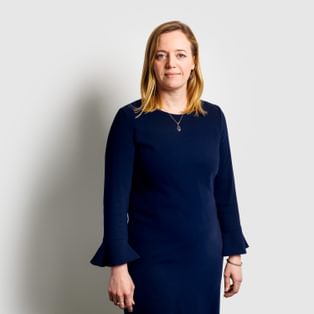Are you wanting or needing to sell your property but are concerned that the value of the property might increase significantly in the future if the buyer secures a planning permission or ends up building more houses than anticipated? Whilst you may wish to achieve the best possible price on disposal you may also be obliged to achieve the best possible price; for example if the seller is a public sector body or charity.
The solution to the above issues may be an overage arrangement.
What is overage?
In basic terms, overage (sometimes called “clawback”) is the amount that a seller receives in addition to the initial sale price at some defined point in the future. Typically, this additional payment will be triggered by the grant of a planning permission or the completion of a specified number of units, but overage arrangements can cover all manner of circumstances, dependent on the parties, their intentions and the nature of the property being sold.
What are the key elements of an overage clause?
The drafting of overage clauses is complex and requires a lot of thought, detailed discussions with the parties and most definitely a few worked examples!
However, below we have considered briefly the five key elements:
Duration
This is the period during which the buyer is subject to the overage terms. The duration is a commercial point and usually rests on the bargaining power of the respective parties. However, if the buyer buys with the intention to “get cracking” and submit a planning application soon after completion and the trigger event for the overage relates to the grant of planning permission then the duration could be fairly short; maybe only a few years. However, if the trigger is completion of the development scheme pursuant to the said planning permission, the period would likely need to be much longer, dependent on the size of the scheme of course.
It goes without saying that the buyer would want the duration to be as short as possible, whilst although the seller would want payment sooner rather than later they may be more relaxed about waiting longer if the value of the property and the overage payment is likely to increase with time.
Trigger for payment
The parties need to really think about what would trigger payment of overage. Although usually the trigger event will be linked to the grant of a planning permission, it is important to consider additional detail. For example, is the intention that the trigger is satisfied on the grant of the planning permission or the implementation of the planning permission? Does the trigger take into account judicial review? What happens if the buyer or developer never implements the planning permission or applies for a new, but similar, planning permission in relation to the same property?
It is important that all possible scenarios are considered and dealt with. For example, if the trigger relates to the building of the last unit in the scheme, is it possible that the developer might not in fact build that last unit or delay the building of it to avoid paying the overage? Alternatively, could the developer avoid paying if it decides to not sell the last unit and instead underlet it?
Calculation of payment
Will the payment be calculated by reference to open market valuation, an agreed formula, a fixed amount or will it be revenue linked? With a fixed figure the parties take the risk on increasing/ decreasing property values and inflation. A buyer would want to ensure where the payment is linked to its profits, that all its expenses in connection with obtaining planning permission are deducted. In particular, if there is a section 106 agreement or CIL payments due, the buyer would likely want to ensure that sums payable thereunder are all deducted from the profit before it has to pay any overage.
It is usually best to keep the calculation method as simple as possible and to use formulae rather than words to avoid disputes as to interpretation.
Release
Will overage be paid “once and for all” or will the seller enjoy a second or more bites of the cherry? The latter is seen more frequently in large development projects that are completed in phases. Of course, from the seller’s perspective, it could be favourable to have a second tranche of overage, but the buyer or developer may prefer to be subject to a one-off payment rather than have continuing liability (which depending on the type of calculation used above). Continuing liability may make onward sale by the buyer more difficult.
Securing payment
From the seller’s perspective securing the payment is paramount and this can be achieved in a number of ways including:
- a charge (mortgage) over the property;
- a Land Registry restriction over the property;
- a lease over the land with an overage covenant;
- granting a lease that restricts development and with an overage payment required as a condition of consent;
- a restrictive covenant;
- a ransom strip to which rights over the property are attached; and
- a seller’s lien.
The seller could of course just rely on the contractual position in the contract, but it is advisable to ensure further protection is in place through one or more of the methods above. What is agreed will depend on the bargaining power of the parties.
Overage arrangements can be complex. Do contact us to discuss in detail.




















































































